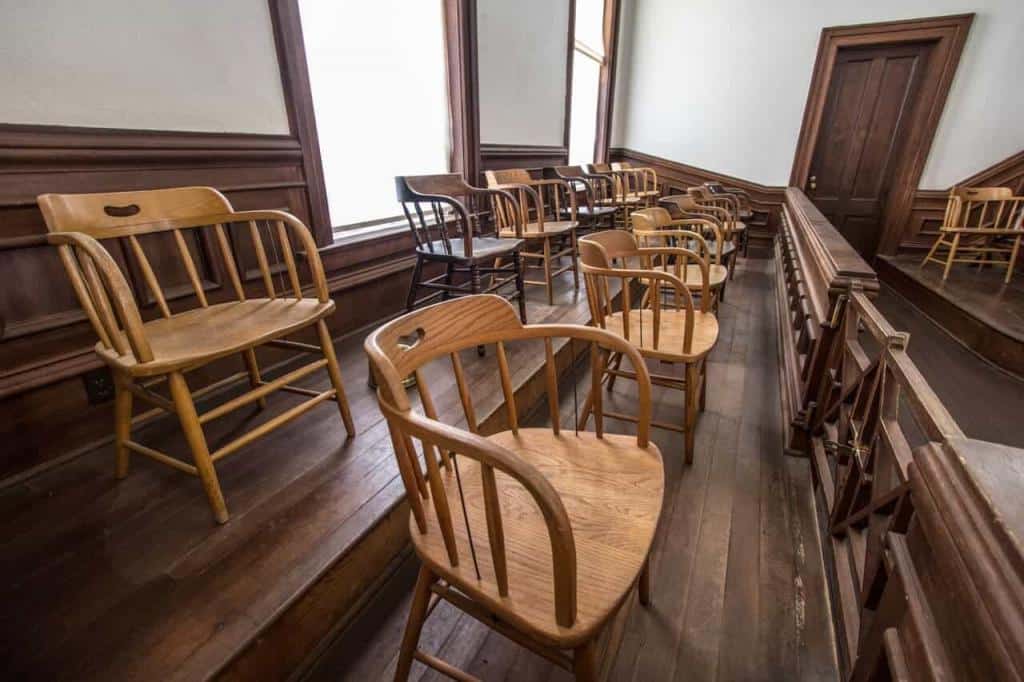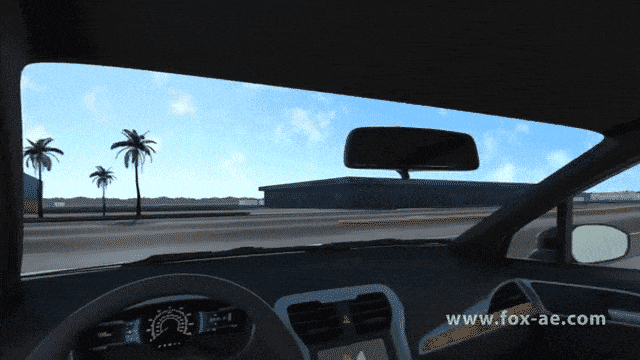Law as a profession has always been about words and its presentation. Jurors in the courtroom are often overwhelmed by the myriad of information that is being thrown at them during court cases, especially when they have to make important decisions based on this data alone. This makes it harder for them to learn and retain new facts in order to reach their verdicts effectively. However, with modern advances in technology, attorneys can now use visual graphics such as flowcharts, animations, causation graphics, annotated maps, et cetera, alongside oral explanations – making things much easier for juries who are tasked with understanding evidence-based arguments across multiple trials.

Presentation of evidence – The heart of the case
In an article on How Court Works published by the American Bar Association, it was clearly spelled out that “the heart of the case is the presentation of evidence” and it’s no coincidence that the English word “evidence” has the Latin root videre, which means “to see”. Mnookin 1998 and Golan 2008 argued that this already points to the relevance of visual images for the establishment of plausible versions of reality within legal proceedings.
While the use of visuals has always been present for centuries in the practice of law via paintings, drawings, and maps in settling property cases, land and mining disputes, criminal cases, et cetera, there has always been a deep judicial equivocation towards its use. The effort to protect human predominance in the face of the changing narrative with visual evidence has made courts argue it to be used as secondary evidence.
Visual Learners
Judges, attorneys, jurors are all humans and it has been proven that 65% of humans are visual learners. Visuals add a component to communication that makes information retention and learning much easier. People retain 10% and 20% of what they hear and read respectively compared to 80% of what they see. Visuals in the form of graphics, videos, maps, animation no doubt have done a lot positively in terms of explaining complex and technical terms into something that is relatable. It shouldn’t be any different in the courtroom.
In the courtroom, a jury being a sworn body of people tasked with the responsibility of rendering an impartial verdict officially submitted to them by a court aren’t necessarily professionals or folks who understand law technicalities. In fact, they are randomly selected citizens who live in that district as a registered voter and have a driver’s license. Being clogged in the complexities and technicalities of legal terms can be difficult for them to grasp. However, with carefully created graphics and visual aids, comprehension, believability, and reliability will be easier.
Fox Animated Engineering will accurately illustrate events: Vehicular Cases, Medical Cases, Construction Cases and Intellectual Property Cases. Click here to reach out to our team.






